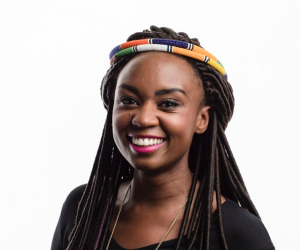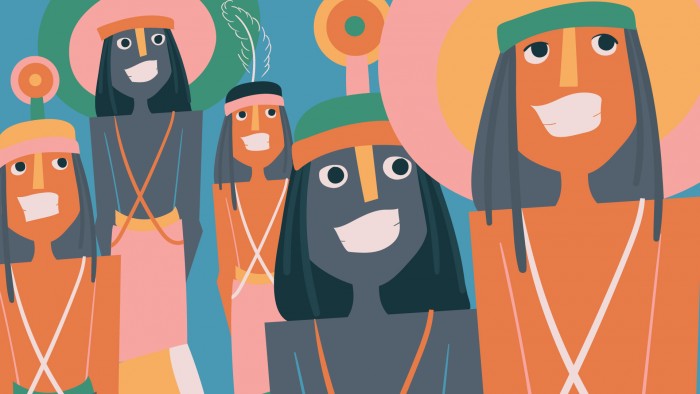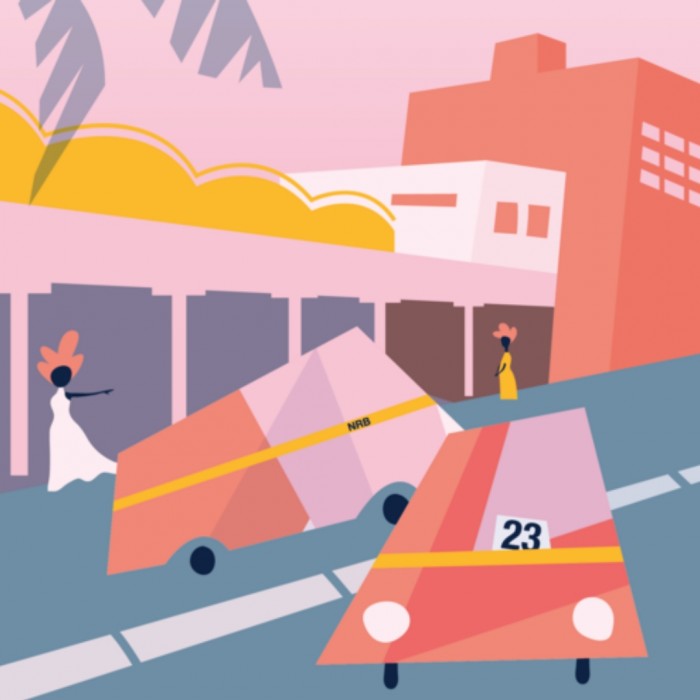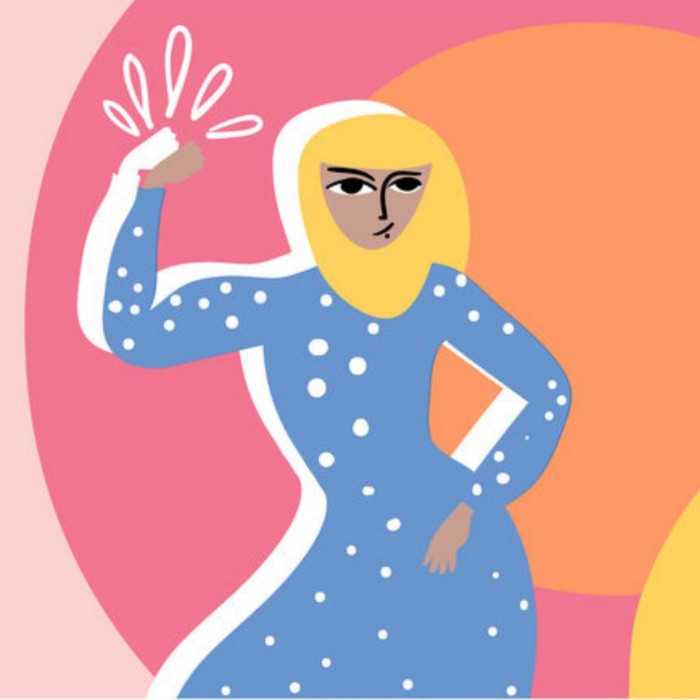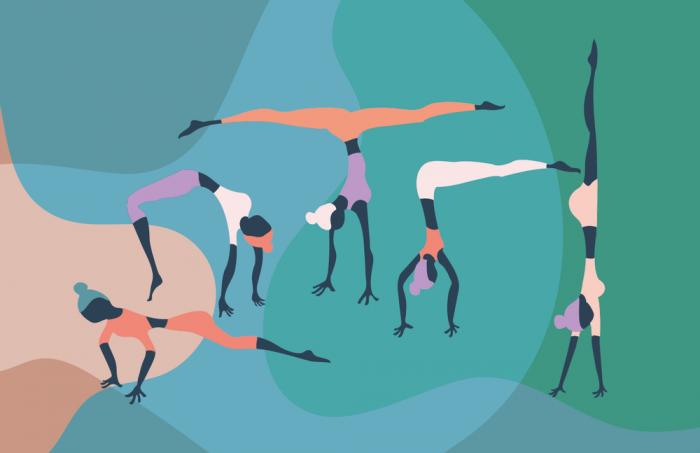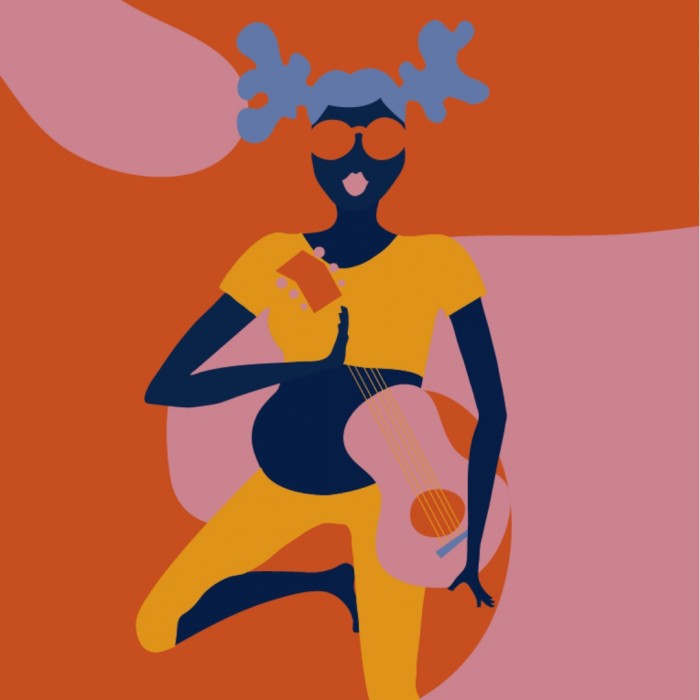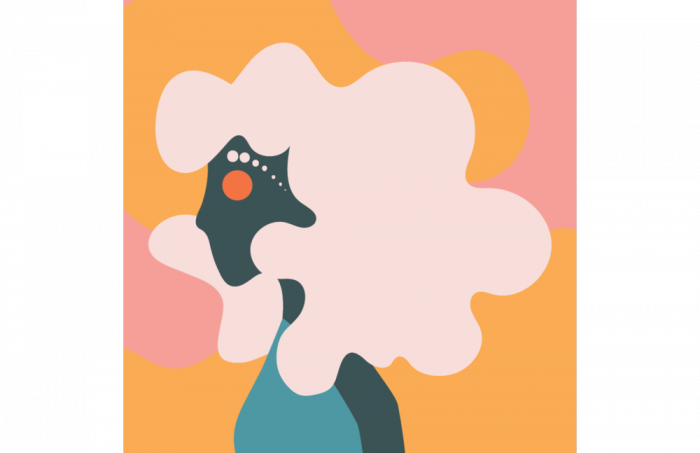When Wanuri Kahiu took to the Design Indaba Conference stage this year, her talk was filled all the things that inspire and celebrate African rituals of joy. Enhancing that sense of joy were the whimsical illustrations of fellow Kenyan, Monica Obaga.
Now based in Washington DC, Obaga was one of the people behind building Africa’s first video on demand service, Buni TV. During her time there as an editor, she marketed, critiqued and created her own content, with the greater goal of redefining what Africa looked like in the media.
Being so immersed in various forms of content, she soon realised that African cinema had become defined as a genre itself. She wasn’t impressed. “The notion of African cinema being a genre was ridiculous,” she says.
But it’s this frustration that she could credit for exploring other parts of her creativity.
It empowered her to become part of the makers redefining the conception of African art. “I didn’t want to talk about African media, I wanted to create it,” she tells me over email.
While she was plotting what was next, Obaga started drawing, which she says has always been an unconscious competence since childhood. She started challenging herself to share work online, and it’s from those small challenges that she grew.
I’m reminded of one of this year's Design Indaba speakers, Lemn Sissay, who rallies us to do a creative act every day and put it out there unprovoked. It’s worked for Obaga.
Distinctive in its style, her work is defined by muted tones and soft, clean lines.
“I would say my aesthetic has always been whimsical because all my favourite media as a child were musicals, cartoons, books, comics and fashion.”
They’re a result of inspirations found in abstract minimal soapstone sculptures from Kisii, a city in the south-west of Kenya and geometric patterns in fabrics like Leso, wax print and mud cloth.
However, alongside that, pop culture influences form a big part of her inspiration too.
Coming back to the notion of African art, she is resolute that the description ‘African’ should never mean anything more than geographic location and the origin of its creator.
“African art is art made by Africans, period,” she says.
It’s in the diversities of its redefinition that it really is coming into its own.
“I think we're all trying to redefine 'African art' in the sense that we're adding to the kaleidoscope by expressing our individual experiences. There are movements happening as a by product, like Afrofuturism or Afrobubblegum. The idea of African art being an aesthetic is essentially flawed. There are so many different aesthetics, traditions and perspectives. We've barely scratched the surface.”
Read more:
Nigerian artist Dennis Osadebe on isolation, the future and African art
Wacy Zacarias on taking back the African textile market
Wanuri Kahiu on using film to talk about Africans as joyful and radiant

